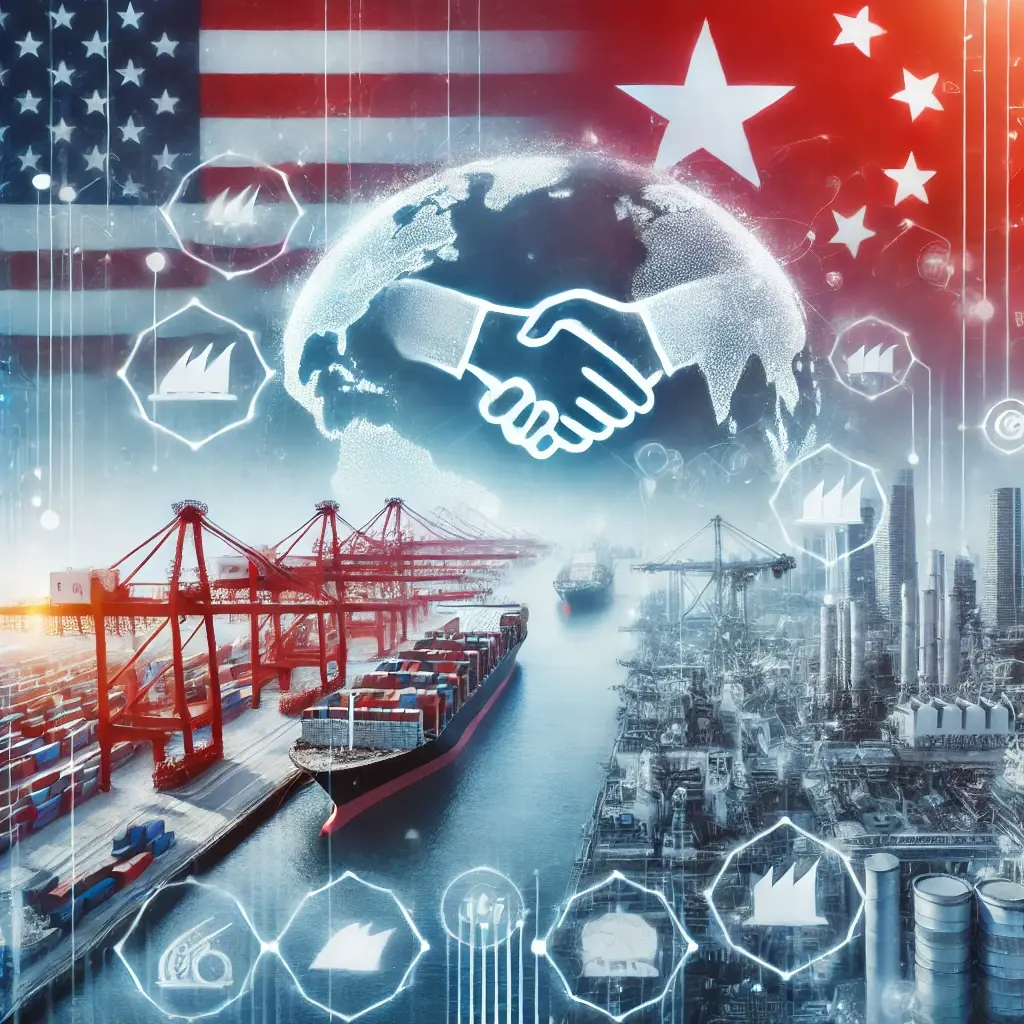Why Shipping Rates Increase When Tariffs Increase: Historical Context and Detailed Analysis
The imposition of tariffs has historically led to increases in shipping rates due to a variety of interconnected factors. Here’s a detailed look at why this happens, with historical data and specific examples to illustrate these points.
1. Increased Demand for Shipping Routes:
When tariffs are imposed, there is often a rush to import goods before the tariffs take effect. For example, during the U.S.-China trade war starting in 2018, there was a significant increase in imports from China to the U.S. as companies tried to stockpile goods ahead of tariff hikes. This surge in demand led to congestion at major ports and increased shipping rates as carriers adjusted prices in response to the heightened need for transportation services (China Briefing) (China Briefing).
2. Shift in Supply Chains:
Tariffs can prompt companies to reconfigure their supply chains to avoid higher costs. During the U.S.-China trade war, many companies began sourcing from other countries such as Vietnam and India. This shift increased demand for shipping routes from these new regions, which often had less developed shipping infrastructure compared to China. The resulting competition for space on these alternative routes led to higher shipping rates (U.S. Department of Commerce).
3. Increased Operational Costs:
Tariffs can increase operational costs for shipping companies. For example, if tariffs are applied to critical inputs like fuel or shipping equipment, these increased costs are typically passed on to customers. The compliance with new tariff regulations also adds administrative costs. Historically, during periods of heightened tariffs, such as the Smoot-Hawley Tariff Act of 1930, operational costs for shipping companies increased, which was reflected in higher shipping rates (United States Trade Representative).
4. Port Congestion and Delays:
Port congestion is a common consequence of tariffs. For instance, in 2018, the U.S. ports experienced significant congestion as importers rushed to bring in goods before new tariffs were imposed on Chinese products. The resulting delays disrupted shipping schedules and reduced the efficiency of shipping operations, causing higher shipping rates as carriers tried to compensate for the increased turnaround times and the need to deploy additional resources to manage congestion (China Briefing).
5. Supply Chain Inefficiencies:
When companies adjust their supply chains to mitigate the impact of tariffs, inefficiencies can arise. For example, during the trade tensions between the U.S. and China, many businesses diversified their supply chains, sourcing from multiple countries. This increased complexity often led to higher costs and inefficiencies, which were reflected in increased shipping rates. Historical data from the trade disputes of the early 20th century, such as those involving the Hawley-Smoot Tariff, also show similar patterns of increased inefficiencies leading to higher costs (U.S. Department of Commerce).
6. Reduced Shipping Capacity:
In some cases, tariffs can lead to a reduction in shipping capacity. For instance, the economic impact of the U.S.-China trade war led some shipping companies to reduce their fleet size or frequency of services to cut costs. This reduction in capacity created an imbalance between supply and demand, leading to higher shipping rates. Historical precedents include the shipping industry during World War I, where blockades and increased tariffs led to a significant reduction in available shipping capacity, driving up rates (United States Trade Representative).
7. Risk Premiums:
Tariffs and the associated geopolitical tensions increase risks for shipping companies. Higher risks, such as potential trade disputes or changes in trade policies, lead to the imposition of risk premiums. These premiums are added to shipping rates to cover potential losses or uncertainties in the shipping process. During the 2018-2020 U.S.-China trade war, the increased risk led to higher shipping rates due to the uncertainty and potential for rapid policy changes (China Briefing) (China Briefing).
Historical Data and Examples:
Smoot-Hawley Tariff Act (1930):
-
- Imposed to protect American businesses and farmers by raising tariffs on over 20,000 imported goods.
- Resulted in retaliatory tariffs by other countries, a significant drop in international trade, and higher operational costs for shipping companies, leading to increased shipping rates.
U.S.-China Trade War (2018-2020):
- A series of tariffs imposed by the U.S. on Chinese imports led to retaliatory tariffs by China.
- Created significant port congestion as importers rushed goods before tariffs took effect, leading to higher shipping rates.
- Companies shifted supply chains to other countries, increasing demand for alternative shipping routes and driving up costs.
World War I Blockades:
- Blockades and tariffs led to a significant reduction in shipping capacity.
- Increased shipping rates due to reduced availability and higher operational risks.
By understanding these historical contexts and specific reasons, businesses can better navigate the challenges posed by increased tariffs and the resulting rise in shipping rates. This knowledge underscores the importance of strategic planning, supply chain diversification, and close monitoring of geopolitical developments.




